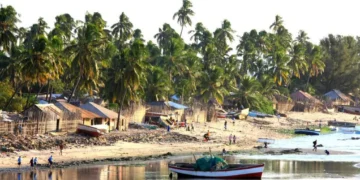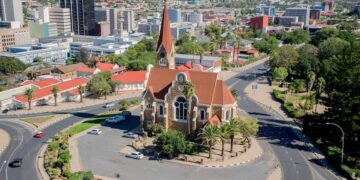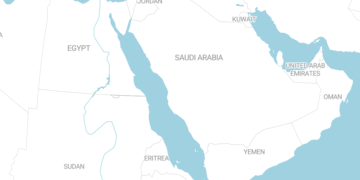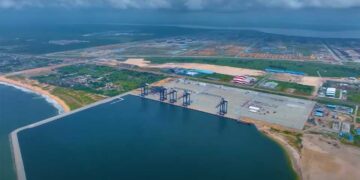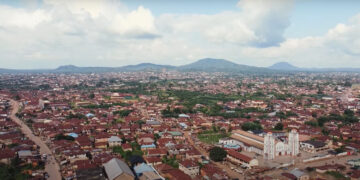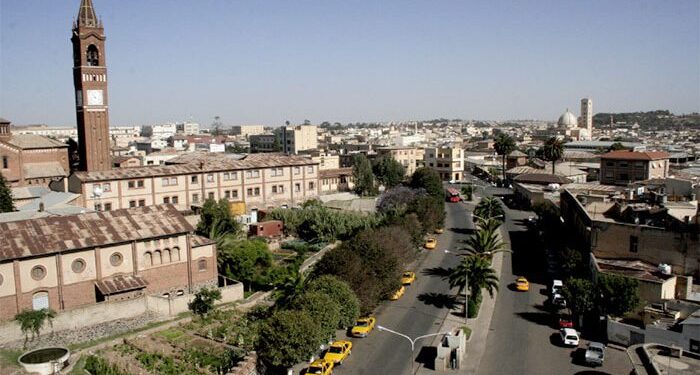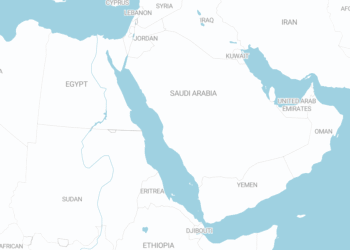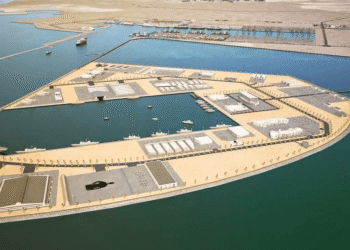Asmara, the capital of Eritrea, stands on a plateau more than 2,300 meters above sea level. The city was the administrative center of Italy’s colony in East Africa, and also a vast experimental field for Italian architects and urban planners in the early 20th century. As a result, Asmara today retains one of the most concentrated and integrated collections of modernist architecture in the world, a fact that led to its inscription on the UNESCO World Heritage List in 2017.
Asmara’s origins date back to the 12th century, when it emerged from the union of four separate villages that were feuding over water resources. According to local oral history, the village leaders decided to unite to end the conflicts and named their new settlement “Arbaati Asmara,” which means “the four have united” in Tigrinya. Over time, the name was shortened to “Asmara.”
Asmara remained a relatively small village until the late 19th century. Its status changed radically with the arrival of the Italians, who declared Eritrea a colony in 1890. In 1897, the first colonial governor, Ferdinando Martini, moved the capital from the hot coastal port of Massawa to Asmara, given its mild climate and strategic location on the plateau. This decision was the starting point for the transformation of Asmara from a provincial village into a modern city designed to be Africa’s “Piccola Roma.”
The first planning process for the city began in the early 20th century under the direction of engineer Odoardo Cavagnari, who developed a basic grid plan. However, Asmara experienced its most intense construction and expansion boom in the 1930s, during the Fascist rule of Italy under Benito Mussolini. Mussolini sought to make Asmara a major logistical and administrative center for the new Italian empire in East Africa, which he hoped would include Ethiopia and Somalia.
During this period, tens of thousands of Italian settlers, soldiers, and workers flooded into the city, necessitating new urban plans to accommodate this rapid population growth. These plans, overseen by architects such as Vittorio Cafiero, reflected modernist planning principles, but also implemented the strict segregation policies of the Fascist regime. This include:
- European Center: This section was designed for Italians and other European citizens. It was characterized by its wide, tree-lined streets, advanced infrastructure (including sewage and electricity networks), and luxurious public, commercial, and residential buildings.
- Quartieri indigeni (Indigenous Quarters): These areas were designated for Eritreans and other Africans. They were located on the periphery of the European center and were characterized by higher population density, narrower streets, more modest housing, and less developed infrastructure. One of the most prominent of these was the Aba Shawul neighborhood.
- Industrial Zone: Factories and workshops were located in a separate area to prevent pollution from affecting European residential areas.
This spatial separation served as a tool for imposing control and a social hierarchy that placed Italians at the top.
In the 1930s, Asmara served as a blank canvas for young Italian architects, who saw an opportunity to apply new architectural ideas and styles emerging in Europe, far removed from the traditional constraints of historic Italian cities. As a result, the streets of Asmara became an open exhibition of various modernist architectural trends, such as futurism, a style that celebrated speed, technology, and machines. One of its most prominent examples in Asmara is the Fiat Tagliero Building, a service station designed by architect Giuseppe Pettazzi in 1938. The building features 15-meter-long reinforced concrete wings that extend without any supporting columns, resembling the wings of an airplane.
Another modernist architectural trends in Asmara is rationalism, a style focused on simple geometric shapes, clean lines, and functionality. It appears in many residential and office buildings and cinemas, such as the Cinema Impero, which is characterized by its symmetrical facade and its use of clear vertical and horizontal lines. There is also Novecento, a style that sought to create an architectural language that represented the fascist state, combining modernism with some monumental classical elements. The Governor’s Palace and the Municipal Palace are two examples of this trend. The Art Deco style found in the city was characterized by geometric motifs and bold color, and is evident in the details of many residential and commercial buildings, particularly balconies, windows, and entrances.
Alongside public buildings, thousands of villas and apartments were built that reflected these diverse styles, creating a homogeneous yet diverse urban fabric.
Following Italy’s defeat in World War II in 1941, Eritrea was temporarily administered by the British and then annexed to Ethiopia in 1952. This was followed by a protracted thirty-year war for independence, which ended with Eritrea’s liberation in 1991.
During these decades of conflict and economic isolation, Asmara saw very little new construction and development. This economic stagnation, despite its negatives, had the unintended side effect of preserving the city’s original architectural fabric almost completely. Old buildings were not demolished to make way for skyscrapers or modern projects, as has happened in many other cities around the world.
After independence, the Eritrean government recognized the unique value of Asmara’s architectural heritage. Efforts began to document and preserve the buildings, in collaboration with international organizations. These efforts culminated in July 2017 when UNESCO declared “Asmara: A Modern City in Africa” a World Heritage Site, recognizing its outstanding universal value as an example of early 20th-century colonial urban planning and as an integrated modernist architectural ensemble.
Today, the city faces challenges related to the maintenance of these old buildings, which require specialized and costly restoration, amidst a difficult economic situation. Nevertheless, Asmara remains a unique city, where visitors can wander its streets and feel as if they have stepped back in time to the 1930s, amid cafés that still retain their Italian ambiance, old cinemas, and buildings that tell a story of imperial ambition and bold architectural experimentation.



